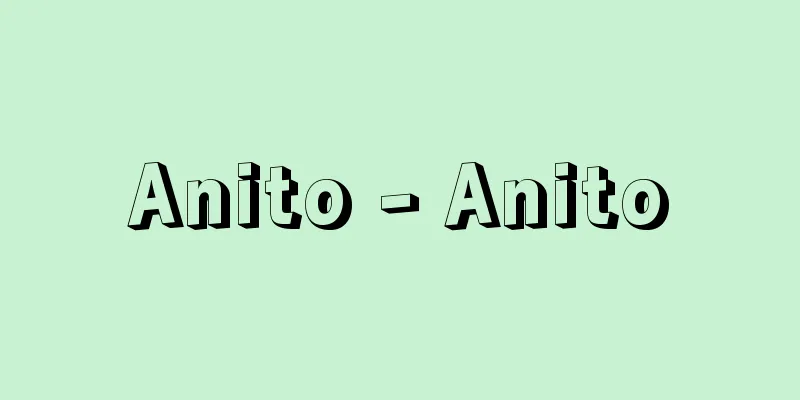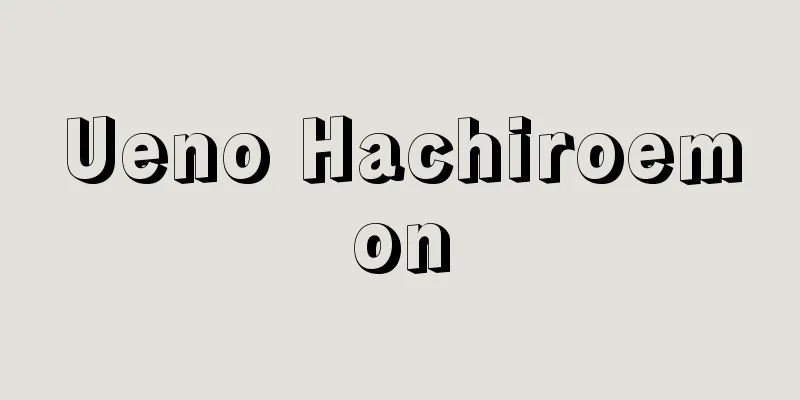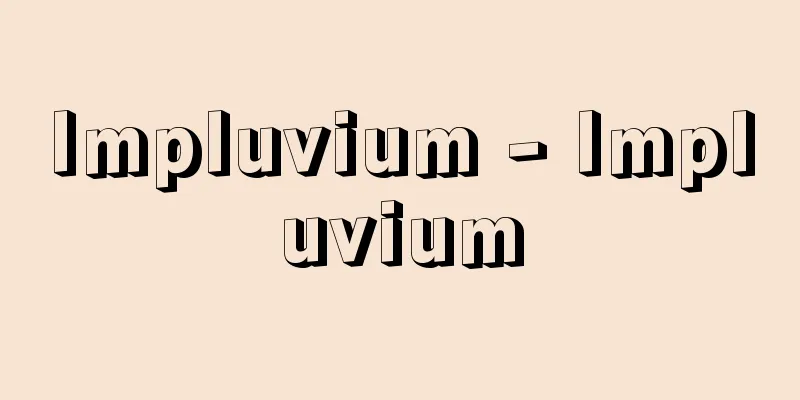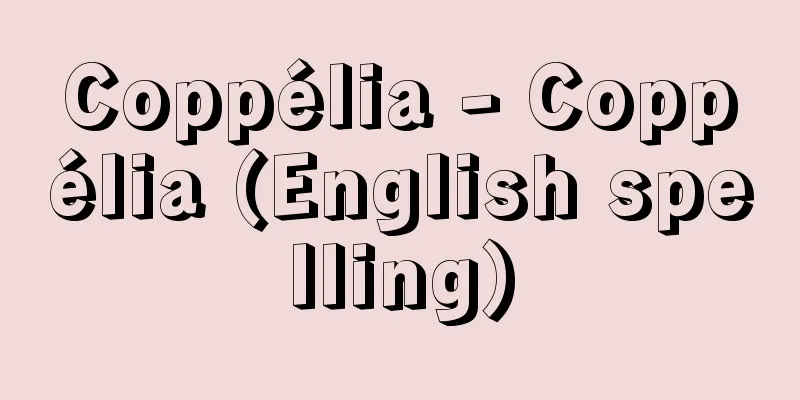Nikita Sergeevich Hrushchyov

|
Soviet politician. Born April 17th to a miner's family in the village of Kalinovka in Kursk Oblast, southern Russia, near Ukraine. Worked as a herdsman from childhood, and at age 15 joined the Donets coal mine where his father worked. In 1915 he married his first wife, Galina, and had a daughter, Yulia, in 1916, and a son, Leonid, in 1918. He joined the Communist Party in 1918, and fought against the counter-revolutionary forces to defend the newly established Soviet government. After being demobilized in 1921, he returned to the Donets coal mine, and studied at the Workers' Preparatory Department of the Donets Technical College for three years from 1922. During this time, he lost his wife Galina in the 1921 famine, and remarried Nina in 1924. He had three children with Nina: a son Sergei, and two daughters, Lada and Elena. After graduating from the university, he devoted himself to party activities in the Donets coal mines and Kiev. In 1929, he entered the Moscow Polytechnic Institute, where he met Stalin's wife, Nadezhda Alliluyeva, and became acquainted with Stalin. In 1931, he became Secretary of the Bauman District Party Committee in Moscow, and after serving as Second Secretary of the Moscow City Party Committee, First Secretary of the Moscow City Party Committee, and Second Secretary of the Moscow Oblast Party Committee, he became First Secretary of the Moscow City and Oblast Party Committees in 1935. In 1934, he was elected to the Central Committee of the Party of the Soviet Union, and in 1937, he was elected as a deputy to the Supreme Soviet of the Soviet Union, establishing a foothold in central politics. In January 1938, he became First Secretary of the Central Committee of the Ukrainian Party, and worked in Ukraine until December 1949, devoting himself particularly to the war against Germany and post-war reconstruction. During this time, he resigned as First Secretary and served as Prime Minister of Ukraine from March to December 1947, but soon returned to First Secretary. In 1938, he was a candidate for the Politburo of the Central Committee of the Party of the Soviet Union, and in 1939, he was a member of the Politburo, becoming a member of the highest leadership of the Soviet Union. In December 1949, he returned to Moscow as Secretary of the Central Committee of the Party of the Soviet Union and First Secretary of the Moscow Oblast Party Committee. At the 19th Party Congress in October 1952, he reported on the amendment of the Party Constitution, proving that he was the third most powerful person in the party after Stalin and Malenkov. After Stalin's death in March 1953, he devoted himself to his work as Secretary of the Central Committee of the Party, and in September of the same year, he officially became First Secretary. At the 20th Party Congress in February 1956, he criticized Stalin, which shocked both inside and outside the country. In June 1957, he was attacked by Malenkov and Molotov, who opposed his criticism of Stalin, and was on the verge of being overthrown, but he made a comeback and expelled the anti-Khrushchev faction, and in March 1958, he also served as Prime Minister of the Soviet Union, becoming the highest leader of the Soviet Union in both name and reality. In 1959, he visited the United States and met with President Eisenhower, promoting a policy of US-Soviet coexistence, but relations with China deteriorated. Agricultural production also stagnated, and the organizational reforms he implemented to overcome this failed. In October 1964, he was criticized for making the errors of subjectivism and voluntarism, and was dismissed from his positions as First Secretary of the Party and Prime Minister. He died on September 11, 1971, while living on a pension. A bust is attached to his grave in the cemetery of Novodevichy Monastery in Moscow. Khrushchev's memoirs were published in the West in 1970 and 1974, but Khrushchev himself officially denied their existence during his lifetime. [Osamu Nakanishi] "Nikita Khrushchev, by M. Rush, translated by Yasuda Shiro (1959, Jiji Press)" ▽ "From Stalin to Khrushchev, The Khrushchev Era: From Stalin to Khrushchev, Part 2, by G. Boffa, translated by Ishikawa Zennosuke (1961, 1962, San-ichi Shobo)" ▽ "Khrushchev: His Political Life, by E. Crankshaw, translated by Takahashi Masashi (1967, Kobundo)" ▽ "Khrushchev's Last Testament, volumes 1 and 2, edited by S. Talbot, translated by Sato Ryoichi (1975, Kawade Shobo Shinsha)" ▽ "Khrushchev's Age of Power, by R. Medvedev and Zh. Medvedev, translated by Shimotome Nobuo (1980, Ochanomizu Shobo)" [References] | | | | | |Source: Shogakukan Encyclopedia Nipponica About Encyclopedia Nipponica Information | Legend |
|
ソ連の政治家。4月17日、ウクライナに近いロシア連邦南部のクルスク県カリノフカ村の炭鉱夫の家庭に生まれる。少年時代から牧童として働き、15歳のときに父が働くドネツ炭鉱に入る。1915年に最初の妻ガリーナと結婚、1916年に長女ユーリア、1918年に長男レオニードを得る。1918年に共産党に入党し、発足まもないソビエト政権擁護のために反革命軍と戦う。1921年に復員後ドネツ炭鉱に戻り、1922年から3年間ドネツ工業専門学校労働者予備学部で学ぶ。この間に妻ガリーナを1921年の飢饉(ききん)で失い、1924年にニーナと再婚。ニーナとの間に息子セルゲイ、娘ラーダとエレーナの3児を得る。同学部終了後ドネツ炭鉱とキエフで党活動に専従、1929年にモスクワの工業大学に入学、ここでスターリンの妻ナジェジュダ・アリルーエワと知り合い、スターリンの知己を得る。1931年にモスクワ市のバウーマン地区党委員会書記となり、モスクワ市党委第二書記、同第一書記、モスクワ州党委第二書記を経て1935年にモスクワ市・州党委第一書記となる。1934年にソ連党中央委員、1937年にソ連最高会議代議員に選ばれ、中央政界に足場を築く。1938年1月にウクライナ党中央委第一書記に転じ、1949年12月までウクライナで活動、とくに対独戦と戦後復興に尽力した。この間、1947年3月から12月まで第一書記を辞し、ウクライナ首相を務めたが、すぐに第一書記に戻った。また、1938年にはソ連党中央委政治局員候補、1939年には同政治局員となり、ソ連の最高指導部の一員となった。1949年12月にソ連党中央委書記兼モスクワ州党委第一書記としてモスクワに帰り、1952年10月の第19回党大会では党規約の改正について報告、スターリン、マレンコフに次ぐ党内第3位の実力者であることを示した。1953年3月のスターリンの死後、党中央委書記の仕事に専念、同年9月に正式に第一書記となった。1956年2月の第20回党大会ではスターリンを批判し、内外に大きな衝撃を与えた。1957年6月にはスターリン批判に反対するマレンコフ、モロトフなどの反撃にあい、失脚しそうになるが、巻き返して逆に反フルシチョフ派を追放、1958年3月にはソ連首相も兼任、名実ともにソ連の最高指導者となった。1959年アメリカを訪問し、アイゼンハワー大統領と会談、米ソ共存路線を推進したが、中国との関係は悪化した。また農業生産も停滞しそれを克服しようとして行った機構改革も失敗した。1964年10月に主観主義と主意主義の誤りを犯したとして批判され、党第一書記と首相の地位から解任された。1971年9月11日、年金生活中に死去。胸像のついた墓がモスクワのノボジェービチー修道院の墓地にある。1970年と1974年に西側で『フルシチョフ回想録』が出版されたが、フルシチョフ自身は生前その存在を公式には否定していた。 [中西 治] 『M・ラッシュ著、安田志郎訳『ニキタ・フルシチョフ』(1959・時事通信社)』▽『G・ボッファ著、石川善之助訳『スターリンからフルシチョフへ』『フルシチョフ時代――続スターリンからフルシチョフへ』(1961、1962・三一書房)』▽『E・クランクショー著、高橋正訳『フルシチョフ――その政治的生涯』(1967・弘文堂)』▽『S・タルボット編、佐藤亮一訳『フルシチョフ最後の遺言』上下(1975・河出書房新社)』▽『R・メドベージェフ、Zh・メドベージェフ著、下斗米伸夫訳『フルシチョフ権力の時代』(1980・御茶の水書房)』 [参照項目] | | | | | |出典 小学館 日本大百科全書(ニッポニカ)日本大百科全書(ニッポニカ)について 情報 | 凡例 |
>>: Burschenschaft (English spelling) German
Recommend
Nagi [town] - Nagi
A town in Katsuta County in the northeastern part ...
Mot (English spelling) mŏt
A word that expresses aesthetic sense and values ...
Carta caritatis (English spelling)
…Robert himself returned to the Benedictine Order...
Hoffman, R.
...Starting with the Huckel molecular orbital met...
dust devil
…A dust devil caused by strong solar radiation in...
Mechanical and engineering processes
...The wide variation in yields and famines cause...
Mercury dissolving
...An industrial method for producing sodium hydr...
Danielli, JF
…They are usually slightly more protein by weight...
Tooth, HH (English spelling) ToothHH
…It is a chronic progressive muscular atrophy rep...
Mafic rock - Mafic rock
This refers to rocks that contain a lot of mafic m...
Kineya Rokuou
…Other compositions he composed include “Sarashim...
Yellow Skipper - Yellow Skipper
A butterfly belonging to the family Hesperiidae i...
Siegfried Line (English: Siegfriedlinie) German
The Great Fortress Line built by Germany. (1) A d...
Thermostat (English spelling)
A device that keeps the temperature of a specific ...
Mesosphere (English spelling)
The atmospheric layer above the stratosphere and b...









![Araripe [mountain range] - Araripe](/upload/images/67cf42505b5c2.webp)